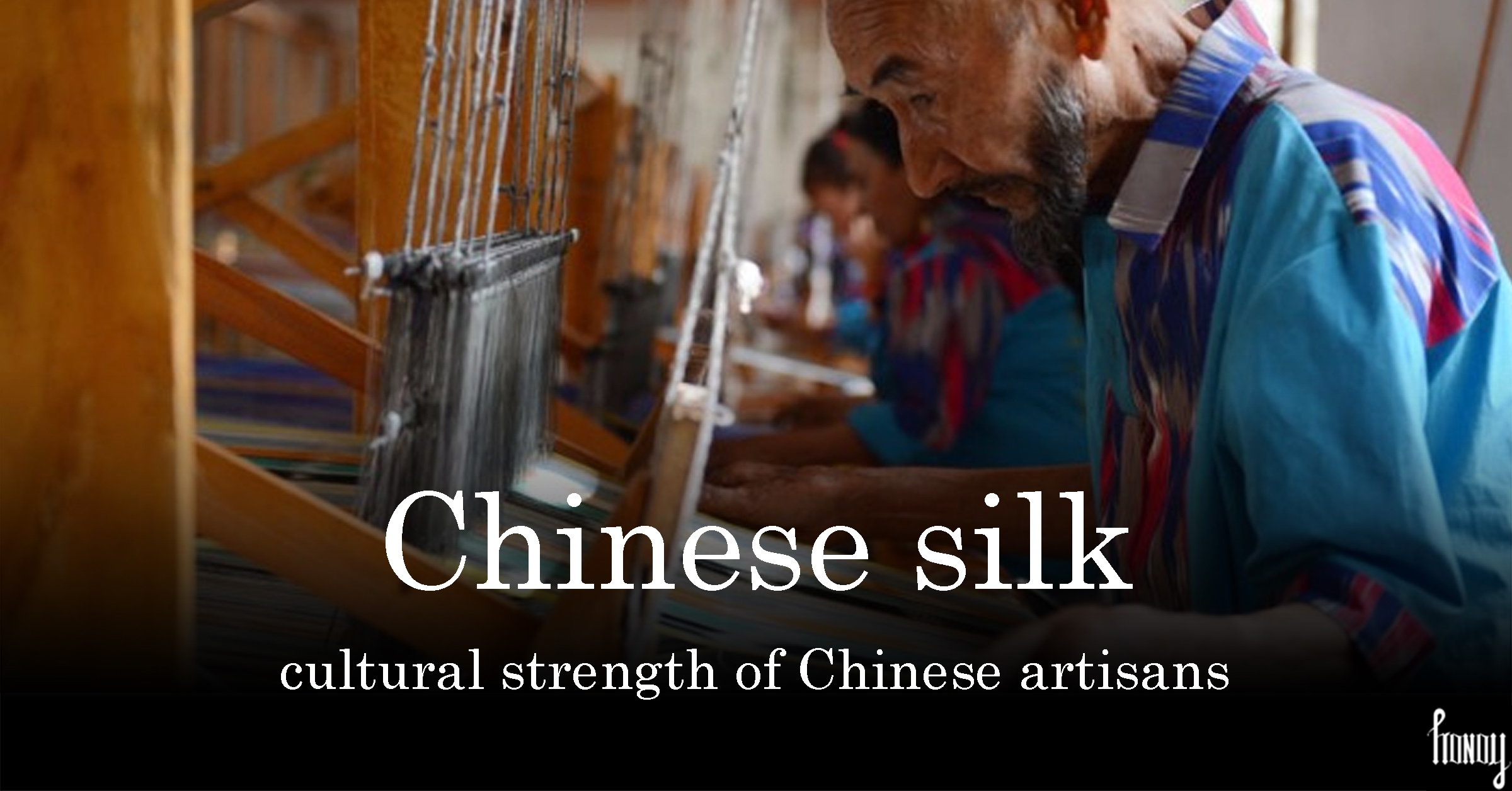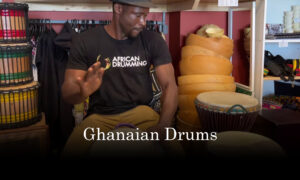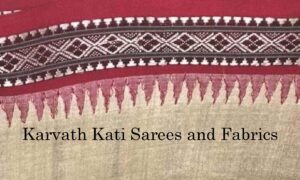Introduction to Chinese Silk
China is renowned for its cultural gifts to the world like the Chinese kites, but there is no other craft that defines the cultural strength of Chinese artisans as the Chinese Silk. A textile so exquisite and powerful that it has been the reason of wars and dispute among men. In this blog post, we’ll unravel the intricate history, craftsmanship, and cultural significance of Chinese silk.
A Silken History
The legacy of the Chinese silk goes back to the Shang Dynasty, some 4000 years ago. Legends account that Empress Leizu discovered the secret of sericulture when a cocoon accidentally dropped into her tea, unraveling into a long, delicate thread. This serendipitous discovery marked the beginning of cultivating silk-producing silkworms, which remained a closely guarded secret for centuries. And so, the Chinese silk industry was born.
Craftsmanship and Sericulture
The production of Chinese silk is a labor-oriented process that starts with the cultivation of silkworms. Fed on mulberry leaves, these tiny creatures spin themselves with cocoon threads around themselves. To harvest the silk, these cocoons are carefully boiled to soften the sericin, a natural protein binding the threads. The delicate strands are then unwound, twisted together, and woven into fabric.
Types of Chinese Silk
Chinese silk is renowned for its diversity, with various types catering to different purposes and tastes:
Mulberry Silk
This is the most prized and widely used silk. Mulberry silk is made from the cocoon of the Bombyx mori moth. The silkworms are fed only on the white mulberry leaf—the reason this silk is second-to-none in quality. It is known for its softness, sheen, and durability. Mulberry silk is often used for high-quality clothing and luxury bedding.
Tussah Silk
Also known as wild silk, Tussah is coarser and less uniform in color than Mulberry silk. Made from the Chinese Tussar (Oak) moth, it’s often used for textured fabrics like shantung and tweed. This silk gained prominence during the Han dynasty.
Charmeuse Silk
A type of silk with a satin weave, this kind of silk was preferred by the Europeans so much that they named it as the ‘female charmer- Charmeuse’ of the fabric world. Renowned for its smooth and shiny surface, charmeuse is commonly used for elegant eveningwear, lingerie, and flowing dresses and garments with a bias cut.
Organza Silk
The name Organza is derived from ‘Organzine’ which is a type of silk thread made by twisting and turning the yarn. Organza also originated in China and with the opening of the Silk Road, the fabric found its way to Europe where it was loved by the upper society people. This sheer, lightweight silk is favored for bridal gowns, evening wear, and decorative purposes due to its crisp texture and translucence.
Cultural Significance
Silk is not just a symbol of Chinese heritage but is also deeply rooted in tis culture, signifying prosperity, luxury, and refinement. Historically, silk was highly sought after and served as a form of currency in trade along the Silk Road, the ancient trade route connecting China to the Mediterranean. Chinese silk garments are often adorned with intricate embroidery and patterns, each carrying its own regional, societal, and cultural significance.
Modern Applications
While silk is now produced in all parts of the world, the original Chinese silk retains its timeless allure. It has been now adapted to contemporary fashion and design by its true lovers. Designers around the world continue to incorporate Chinese silk into their collections, blending tradition with modern aesthetics. Additionally, innovations in sericulture and silk production techniques have made Chinese silk more sustainable and accessible.
Conclusion
Chinese silk remains a synonymous with excellence that mankind can achieve in artistry and craftsmanship. It is very much a cultural ambassador of this ancient civilization. As we marvel at the splendid sheen and exquisite delicacy of Chinese silk, we can visualise how this legacy that has transcended time and boundaries and continues to inspire generations of artisans, designers, and silk enthusiasts worldwide.





























Pingback: The beautiful world of Chinese kites in 5 mins
Pingback: Lombok Pottery In 5 Mins: Indonesia’s Finest Clay Craft
Pingback: 1 Valentino Garavani : Best Italian Fashion Designer Series